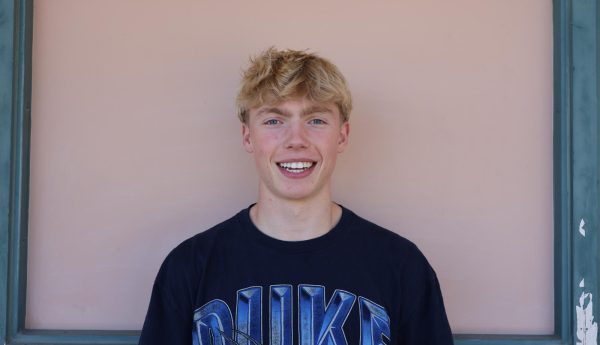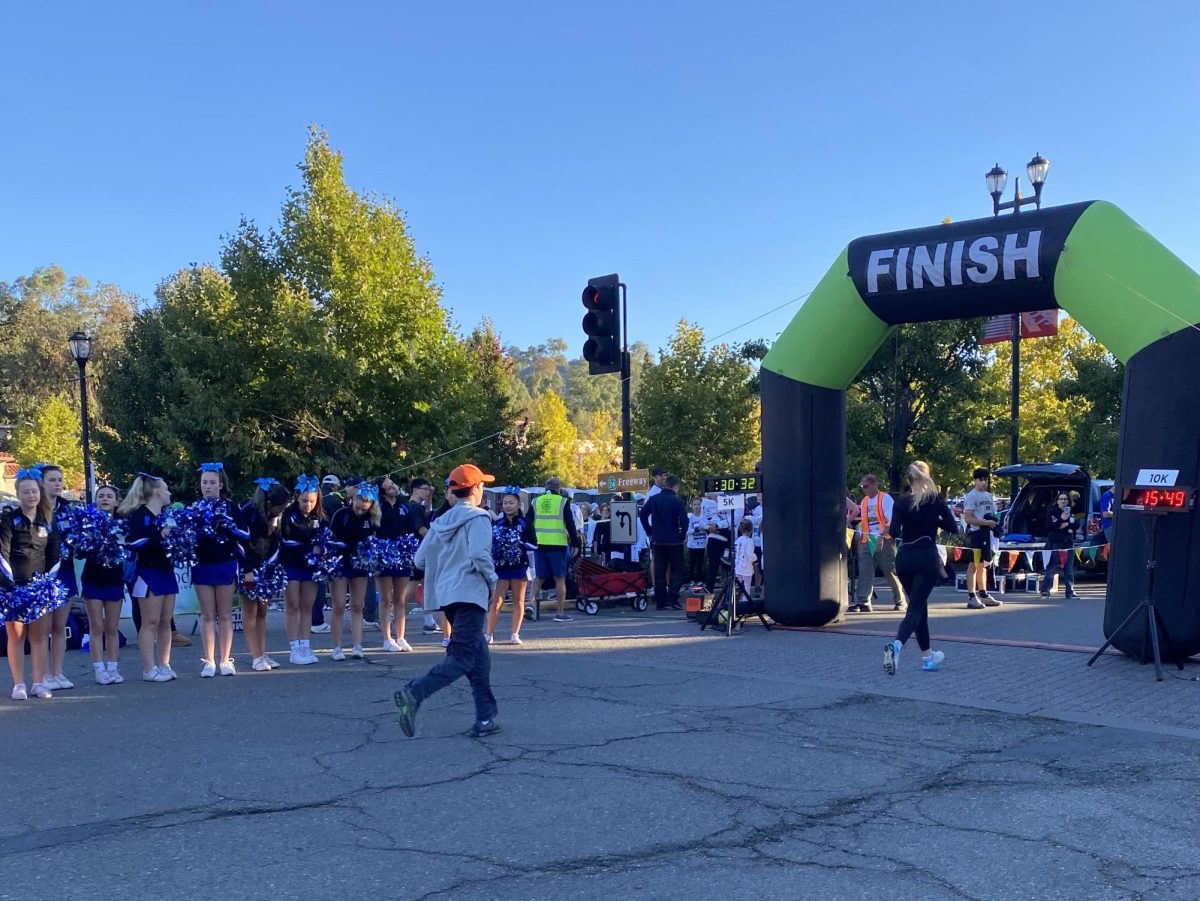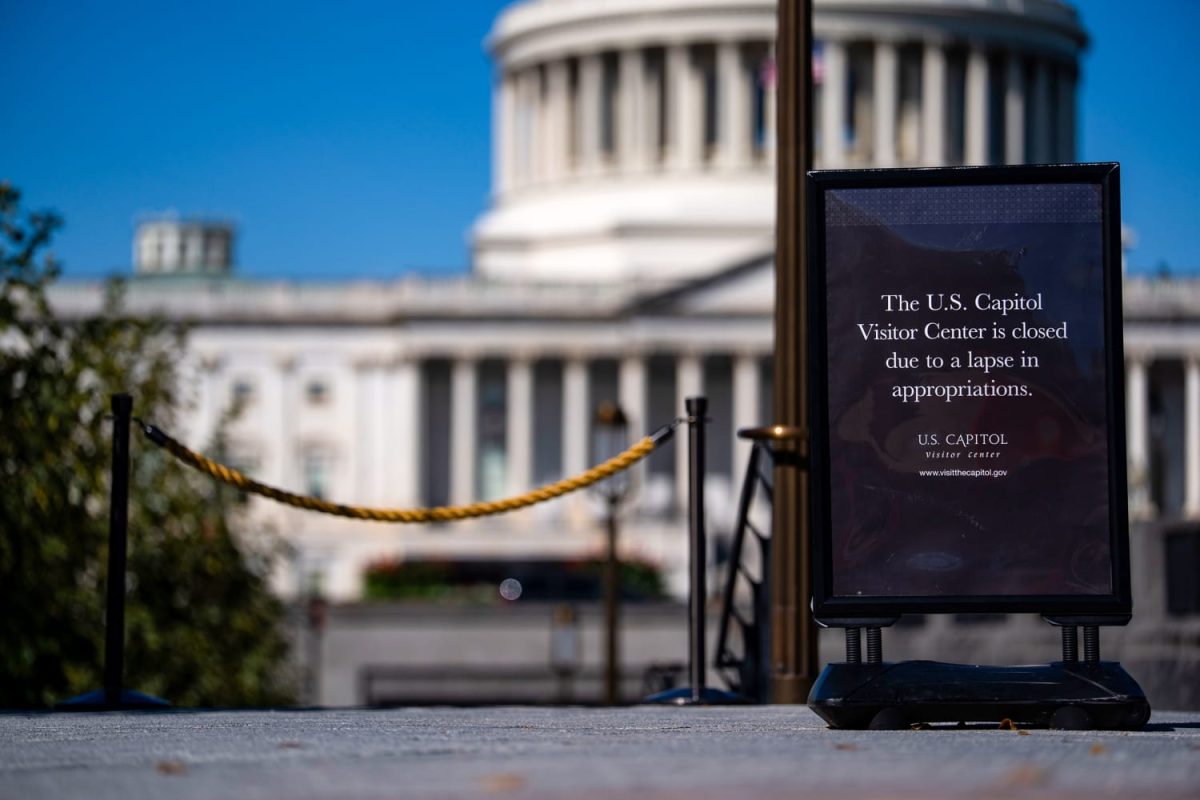In response to rising concerns over homelessness, addiction, and mental health issues, San Francisco has launched a new initiative called “Breaking the Cycle,” led by Mayor Daniel Lurie and set to roll out fully by early May 2025. The policy aims to reshape how the city delivers services by reorganizing outreach teams, limiting certain harm reduction practices, and expanding access to shelter and treatment.
At the heart of the plan is the resurrection of the city’s outreach system. Outreach teams are groups of social workers, mental health counselors, and addiction specialists who engage directly with unhoused individuals on the streets to connect them with services. Previously, nine different teams worked under multiple departments, which often led to delays and miscommunication. Now, those teams will be rearranged into six, dedicated to specific areas with the highest concentrations of unhoused residents and open-air drug use such as the Tenderloin, SoMA, and the Mission District.
Another key element of the plan is a change in harm-reduction efforts. While the city will continue to distribute clean needles – which help prevent the spread of diseases like HIV and Hepatitis C- and Narcan, a medication that reverses opioid overdoses, it will reduce the distribution of items like glass pipes used for smoking drugs. Glass pipes can cause burns, cuts, and the spread of infections, worsening health outcomes for drug users. “I believe our city must be judged by how we care for our most vulnerable residents,” Lurie said in an interview with ABC7 News. “Breaking the cycle includes immediate steps and long-term reforms that will allow us to coordinate more effectively across departments, make policies rooted in evidence and reliable data, and hold ourselves accountable for outcomes.” This shift is meant to prioritize treatment and recovery while still preventing overdoses and disease spread.
The plan also calls for more shelter beds and treatment options to be made available. However, officials admit that existing resources are limited, and people often struggle to get access to resources after early morning hours. With the number of unhoused individuals growing, this gap in service remains a major challenge.
City leaders are divided over how effective the plan will be. Some say it strikes a better balance between public safety and compassion, while others worry it could result in fewer services reaching those in need.
Community reactions are also mixed. Some residents, like Archbishop Riordan High School student Daniel Knight, say they are optimistic: “If this gets people real help and makes the streets safer, I support it.” Some residents feel hopeful that the policy could lead to cleaner streets and safer neighborhoods, while others worry about unintended consequences like increased police presence or pushing unhoused people into less visible areas.
As San Francisco begins implementing its “Breaking the Cycle” directive, officials say they hope to create long-term solutions that treat addiction and mental health as public health issues, not just public safety. Whether this new approach will spark true change – or simply shift the crisis out of sight – remains a question the coming months will answer.













